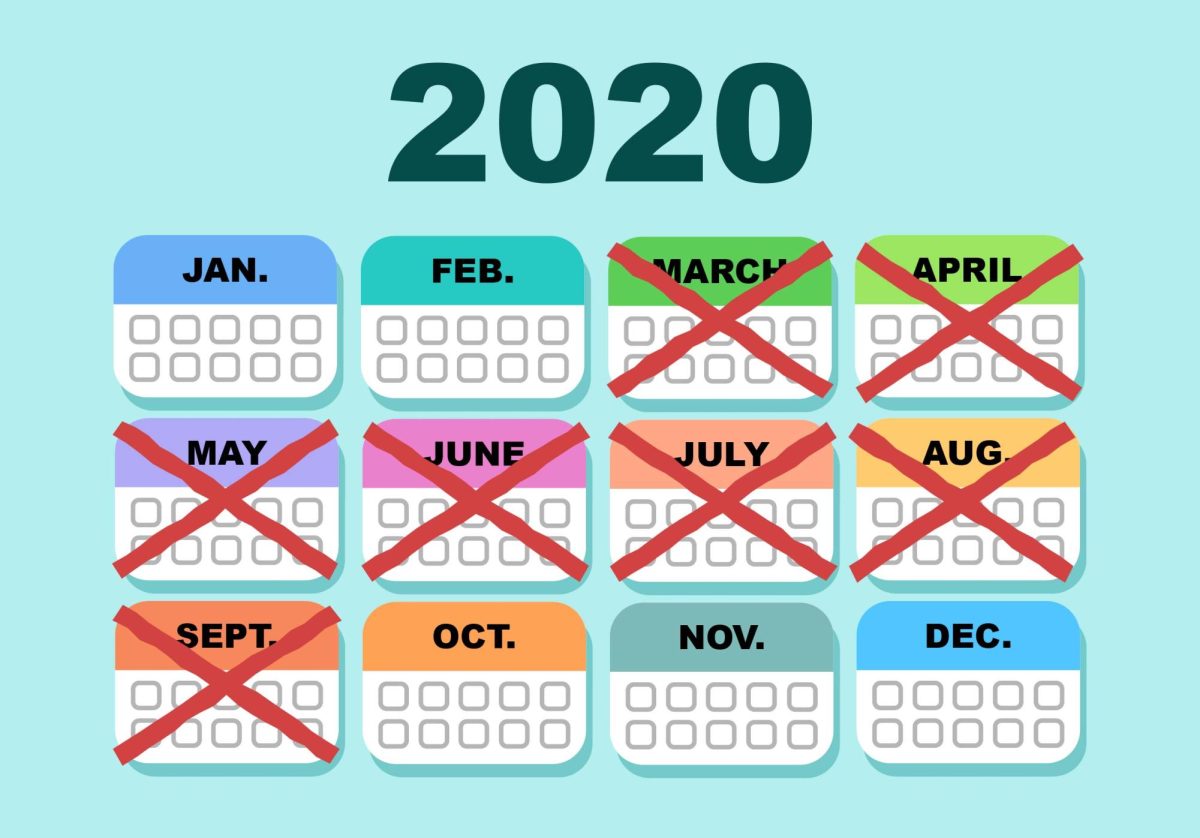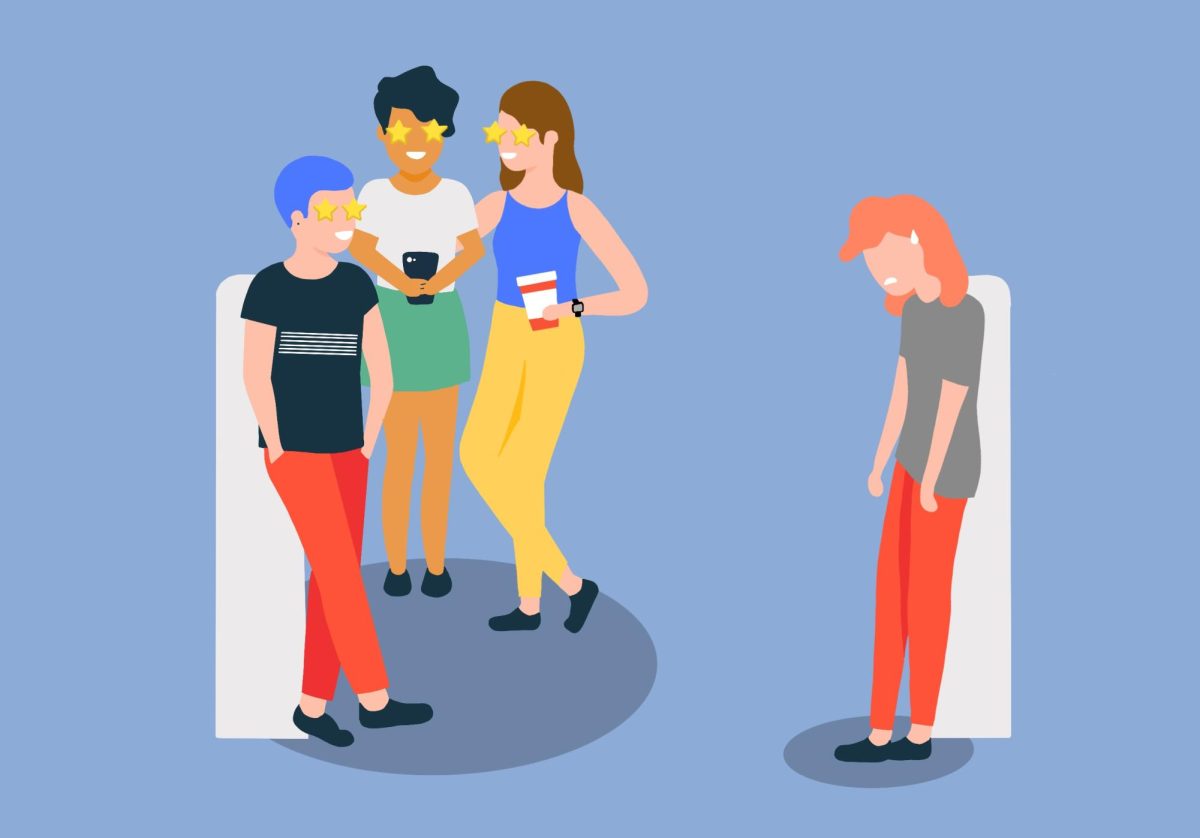We know that plastic is everywhere and has taken a place in modern life that’s only natural. Plastics are boons to medicine, delivering sterility, preservation and aid in transplants and prosthetics. Elsewhere in industry, plastics are lightweight, cheap and extremely durable, reducing mass and increasing mileage in vehicles. Plastics are often still the best choice.
Nevertheless, consuming far too much plastic worldwide is not vital, but flippant. Plastic’s durability is a double-edged sword — wood-plastic composites won’t rot, and plastics won’t decompose. I can justify some amount of permanent plastic pollution, but not for a granola bar wrapper.
Since the widespread use of convenient commercial plastics began in the 1950s, we’ve produced about 8.3 billion tons of plastic. Less than one-tenth of this has been recycled. The largest plastic graveyards exist in the oceans, where we deposit about 12.7 million tons annually; nearly 90 percent of this is single-use plastic. The Great Pacific Garbage Patch, as the National Oceanic and Atmospheric Administration recognizes it, is now three times the size of France. And contrary to popular belief, it is not actually an island-like mass with dry land to stand on. It’s a vast collection of trash beneath the water’s surface, tossed and mixed by ocean current.
But terrain is neither here nor there. Ocean and marine life are not the only casualty of plastic pollution — so is above-water land and all life found there, including humans. And what goes around comes around; plastics degrade into microplastics, which infiltrate sources of food and water. Microplastics carry yet-unknown consequences for human health, because no one has studied it yet. We shouldn’t have to wait until humans are harmed for us to start caring about this detriment to flora and fauna. But it is, if you’ll forgive the pun, human nature.
The biggest offenders, whose elimination will put a great dent into ongoing plastics pollution, are single-use plastics. To stop them from polluting, we must stop throwing them away. To stop throwing them away, we must recycle properly or stop using them. Therein lies the problem.
Where a concern of recycling exists, there is a glaring lack of self-sustained recycling infrastructure in the United States. We exported a lot of scrap to China — $5.6 billion worth in 2016, according to the Institute of Scrap Recycling Industries, Inc. — until China implemented a ban on those imports in January. And even if here in the U.S. we do manage to pull together the necessary infrastructure — we’re the global superpower, I bet we could — we’ll still need to revamp our collective attitude toward recycling. Other countries have astoundingly effective methods. For example, Norway taxes every bottle that isn’t recycled, resulting in 97 percent of bottles being successful recycled. Another option could be to fine consumers for mis-categorizing recyclables.
Barring these logistical uphill battles, we could just refer to the pre-plastics world for replacing nonessential plastics. We could incentivize consumers to bring their own reusable containers and offer clean-recyclable buyback or free processing programs, much like supermarkets do with plastic bags. It was done once, and we can do it again.
Reducing, reusing and recycling, in that order, are more important now than ever, and they’ll only get more pressing. The consumer’s voice is the most powerful. We need to use it well.













